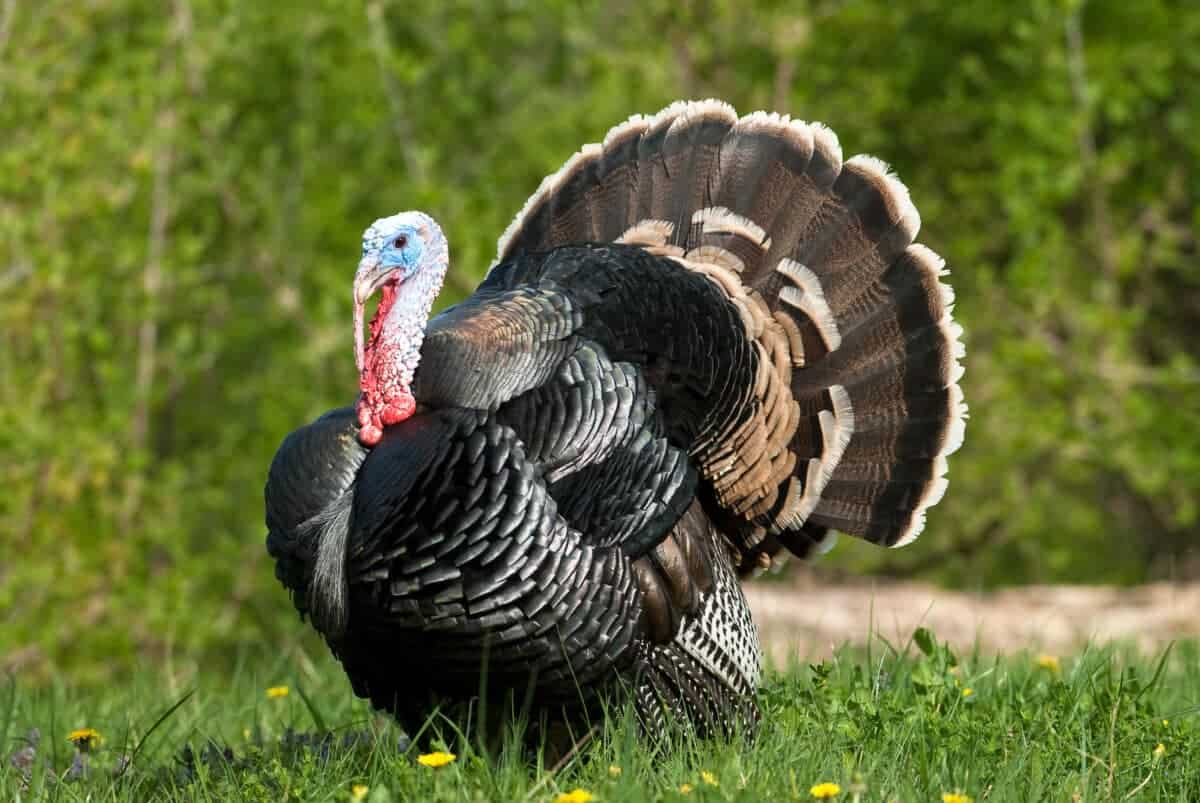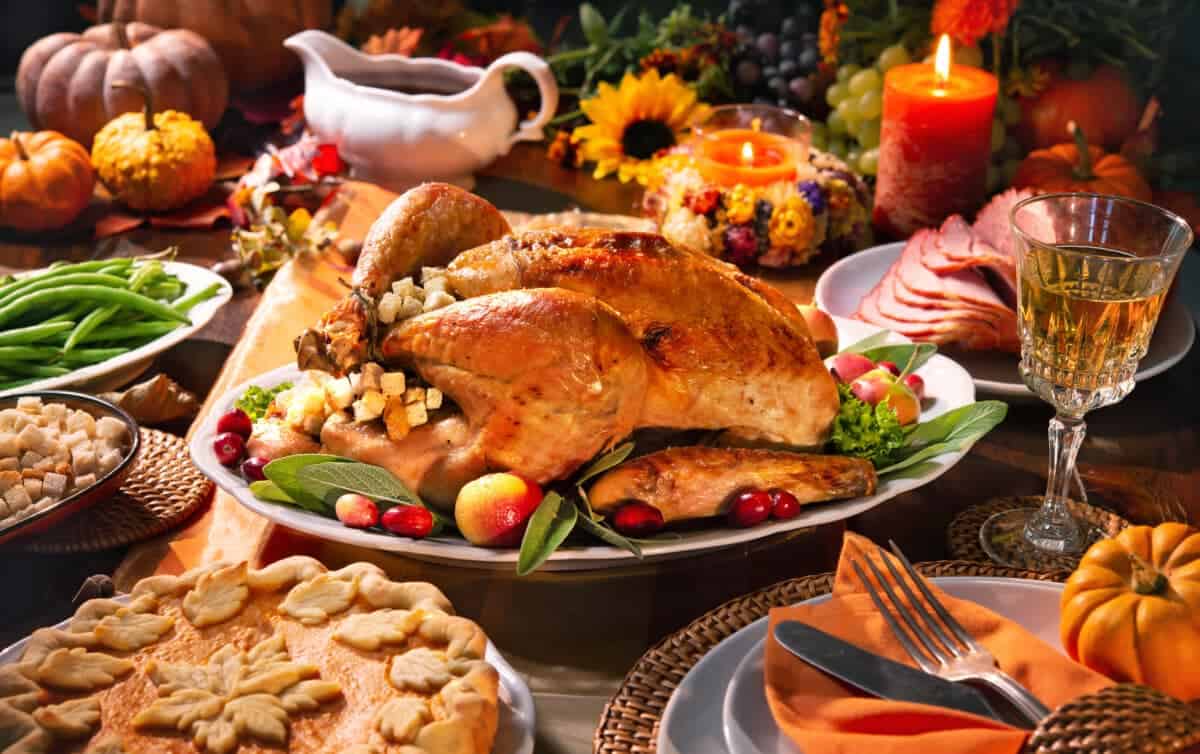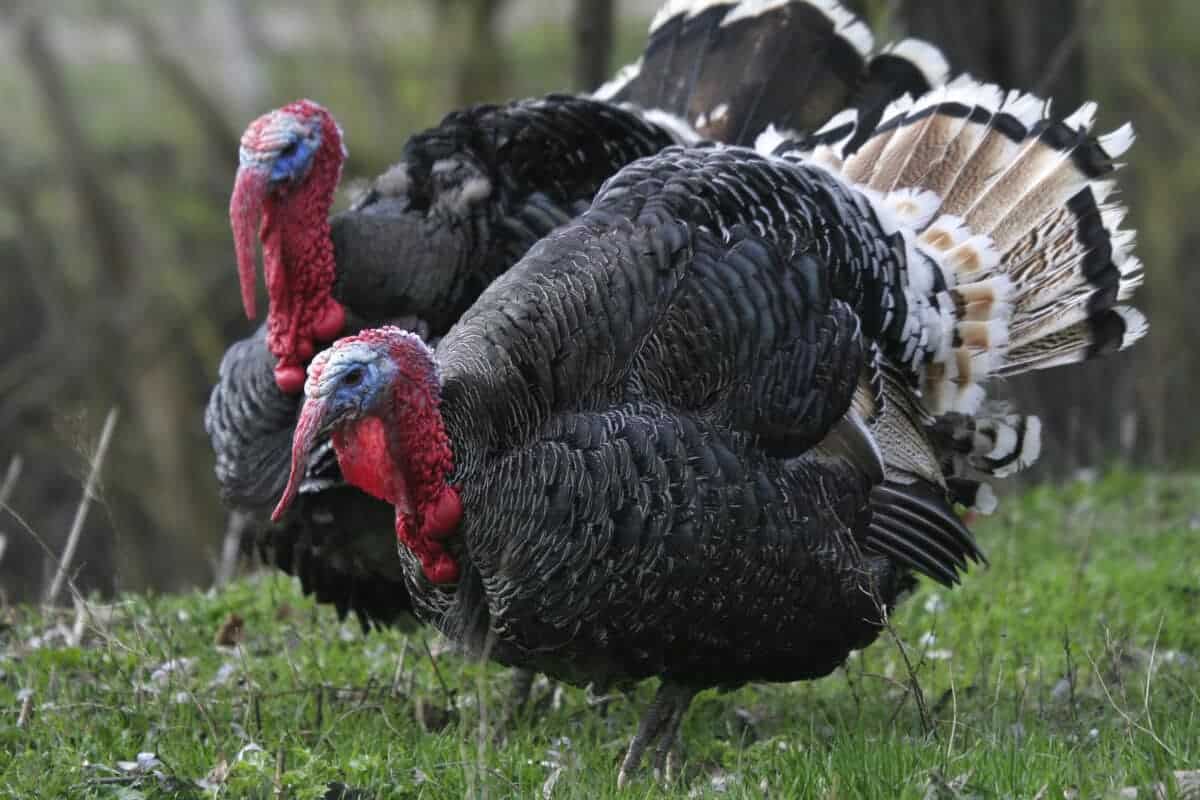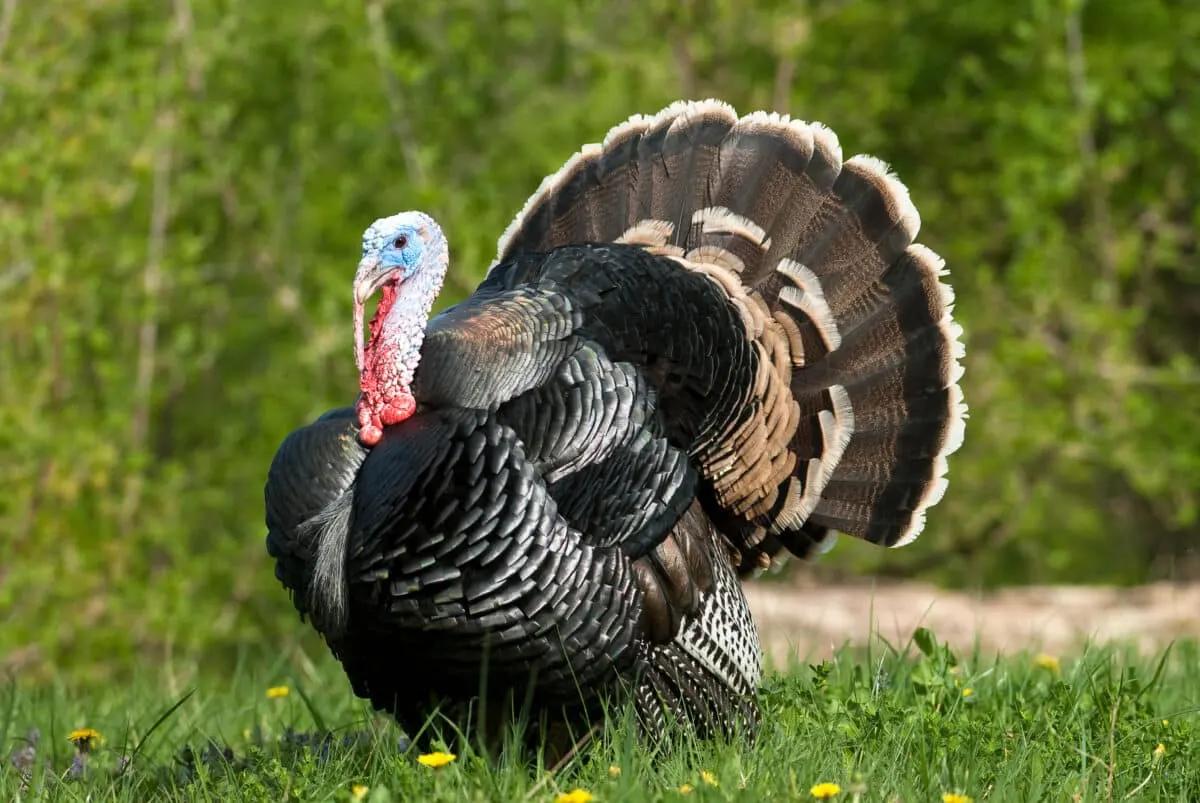As families gather around tables adorned with festive decorations and a cornucopia of dishes, one centerpiece stands out, symbolizing abundance, tradition, and the essence of Thanksgiving—the turkey. The association between turkeys and this harvest celebration has deep roots in both historical events and cultural evolution.

The story begins with the early settlers in North America, particularly the Pilgrims who arrived at Plymouth in 1620. In the fall of 1621, after a challenging year marked by hardships and collaboration with the Wampanoag Indians, the Pilgrims and Native Americans came together for a harvest feast. While the specifics of the menu are not meticulously documented, historical accounts suggest that wild fowl, including turkey, were likely part of the bountiful spread.

The Pilgrims, unfamiliar with the diverse flora and fauna of the New World, learned from the indigenous people, who had long incorporated turkey into their diets. Turkeys, as large and plentiful game birds, quickly became a symbol of the abundance of the American continent. The wild turkey, native to North America, became a central figure in early colonial feasting.
By the 19th century, the turkey had firmly established itself as the go-to main course for Thanksgiving. Its size, succulence, and ability to feed a large gathering made it a practical choice for a holiday centered around communal feasting and gratitude. Families across the nation embraced the tradition of roasting turkeys, and the bird became synonymous with the Thanksgiving celebration.
The turkey’s prominence in Thanksgiving festivities was further solidified by the presidential tradition of “pardoning” a turkey. Although the formalized ritual of sparing a turkey from the Thanksgiving table began in the 20th century, it has become a lighthearted and symbolic act. Each year, the President of the United States engages in the tradition of pardoning a turkey, granting it clemency and sparing it from the fate of becoming part of the holiday feast. The pardoned turkeys often find themselves living out their days on farms or at sanctuaries.
Beyond historical events, the turkey’s role in Thanksgiving has been perpetuated by cultural representations, marketing, and the media. Images of golden-brown roasted turkeys adorn advertisements, cookbook covers, and holiday-themed decorations, reinforcing the bird’s status as the quintessential Thanksgiving dish. Turkeys have become an integral part of the visual and culinary language associated with the holiday, embodying the spirit of generosity and gratitude.

However, as culinary preferences diversify and awareness grows about the ethical and environmental impact of turkey production, some individuals and families are exploring alternatives for their Thanksgiving meals. Plant-based and cruelty-free options are gaining popularity, reflecting a broader societal shift toward more mindful and sustainable choices.
But, the tradition of serving turkeys on Thanksgiving is deeply rooted in history, from the early interactions between settlers and Native Americans to the modern-day presidential pardoning rituals. The turkey has become a symbol of abundance, tradition, and the communal spirit that defines Thanksgiving. While the iconic roasted turkey remains a centerpiece for many, the evolving landscape of dietary choices suggests that the future of Thanksgiving feasts may see a more diverse array of options that align with changing values and preferences. As we gather to give thanks each year, the turkey continues to play a significant role in the tapestry of this cherished holiday.
Join our Forum for free today!

- 8 Ways to Keep Pets Cool this Summer - July 26, 2024
- Surprise! Phoenix Zoo Builds an Animal-Friendly Snowy Wonderland - July 25, 2024
- Brazilian Sharks Test Positive for Cocaine - July 25, 2024

